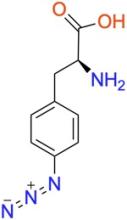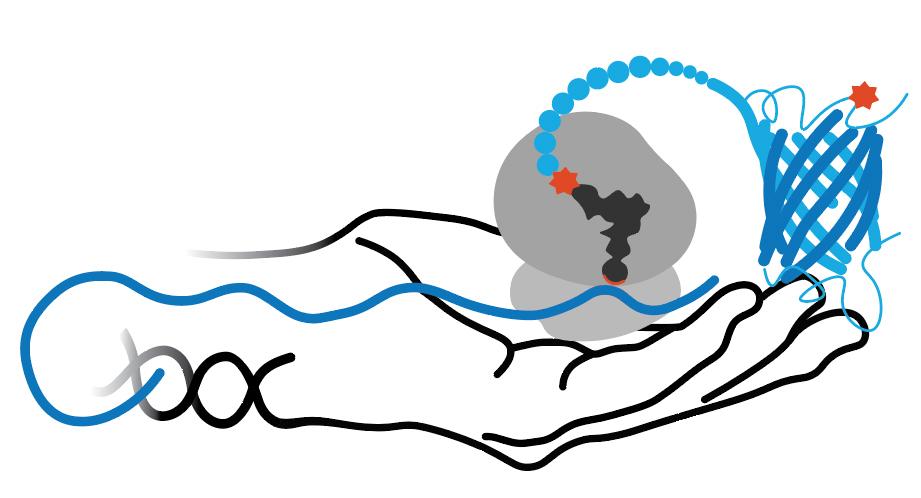RS/tRNA Foundational Publication Support
Chin, Jason W., Stephen W. Santoro, Andrew B. Martin, David S. King, Lei Wang, and Peter G. Schultz. (aug) 2002. “Addition Of P-Azido-L-Phenylalanine To The Genetic Code Of Escherichia Coli”. Journal Of The American Chemical Society 124: 9026-9027. doi:10.1021/ja027007w.
RS/tRNA Usage Publications
J, Islam, Conroy P, Fercher C, Kim M, Yaari Z, Jones M, Bell Tdm, et al. (aug) 2023. “Design Of Polarity-Dependent Immunosensors Based On The Structural Analysis Of Engineered Antibodies”. Acs Chemical Biology 18. doi:10.1021/acschembio.3c00303.
Ad, Guo, and Chen Xh. 2023. “Genetically Encoded Noncanonical Amino Acids In Proteins To Investigate Lysine Benzoylation”. Methods In Molecular Biology (Clifton, N.j.) 2676. doi:10.1007/978-1-0716-3251-2_9.
Y, Wang, Zhang J, Han B, Tan L, Cai W, Li Y, Su Y, et al. (feb) 2023. “Noncanonical Amino Acids As Doubly Bio-Orthogonal Handles For One-Pot Preparation Of Protein Multiconjugates”. Nature Communications 14. doi:10.1038/s41467-023-36658-y.
X, Ma, Wei B, and Wang E. (dec) 2022. “Efficient Incorporation Of P-Azido-L-Phenylalanine Into The Protein Using Organic Solvents”. Protein Expression And Purification 200. doi:10.1016/j.pep.2022.106158.
Cms, Michielsen, van Aalen Ea, and Merkx M. (jun) 2022. “Ratiometric Bioluminescent Zinc Sensor Proteins To Quantify Serum And Intracellular Free Zn2”. Acs Chemical Biology 17. doi:10.1021/acschembio.2c00227.
RS/tRNA Pair Development Year
2002
ncAA(s) Incorporated
p-azido-L-phenylalanine (pAzF)
ncAA Structure (png, jpg, jpeg)

ncAA Utility
Used as a photocrosslinker, allowing for crosslinking and bioorthogonal ligation of protein.
RS Organism of Origin
Parent RS
RS Mutations
Y32T
E107N
D158P
I159L
L162Q
E107N
D158P
I159L
L162Q
tRNA Organism of Origin
Parent tRNA
tRNA Anticodon
CUA
Other tRNA Mutations
C17A
U17aG
U20C
G37A
U47G
U17aG
U20C
G37A
U47G
Multiple tRNAs?
N/A
RS/tRNA Availability
It can be procured from AddGene #31186
RS/tRNA Additional Notes
This RS is more specific than pAzfRS2.t1, however, that RS/tRNA pair is much more efficient and thus its use instead of this system is recommended.
When tested with pAzF incorporation in Hemoglobin, a purified yield of 2mg/L. Electrospray-ionization ion trap mass spectrometry confirmed the incorporation of pAzF while also showing no presence of natural amino acid or reduced azide, showing high fidelity and stable incorporation ability of the system.
When tested with pAzF incorporation in Hemoglobin, a purified yield of 2mg/L. Electrospray-ionization ion trap mass spectrometry confirmed the incorporation of pAzF while also showing no presence of natural amino acid or reduced azide, showing high fidelity and stable incorporation ability of the system.
